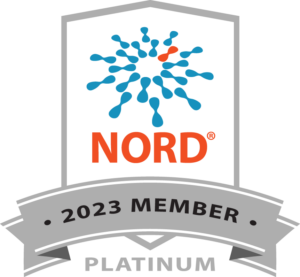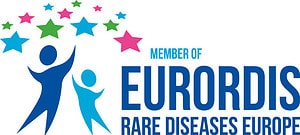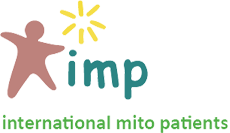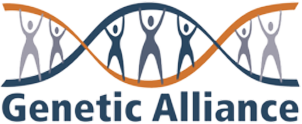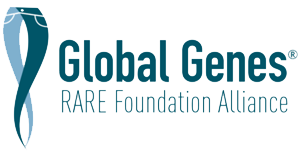
Join MitoAction and the International Network for Fatty Acid Oxidation Research and Management (INFORM) for the 5th Annual International Metabolic Conference for Fatty Acid Oxidation Disorders (FAODs) in Detroit, MI on July 26, 27, & 28, 2024.

2024
International Metabolic Conference
For Families and Individuals impacted by Fatty Acid Oxidation Disorders
International Metabolic Conference
Welcome to the International Metabolic Conference for families and individuals impacted by Fatty Acid Oxidation Disorders, a premier event dedicated to advancing the knowledge and collaboration for patients, clinicians, and researchers. In partnership with Dr. Jerry Vockley and INFORM, MitoAction will assemble leading experts to present to patients, families, caregivers, and clinicians. The focus of the conference is for attendees to learn more about disease management, current clinical trials, nutrition, and the social needs of caring for those with a rare metabolic disorder. This is a great opportunity for patients, families, and clinicians to meet one another in person, spend time networking, and have the opportunity to interact with professionals who specialize in metabolic disorders.
We will hear from a variety of speakers including medical professionals, dietitians, social workers, advocates and genetic counselors. We encourage patients, families, and practicing/clinicians in training to come and enjoy a space where we can learn from each other!
Everyone in your entire family will have a meaningful way to connect, engage and learn!
*Please note that there will be activities for children and teens offered in conjunction with scheduled conference sessions.
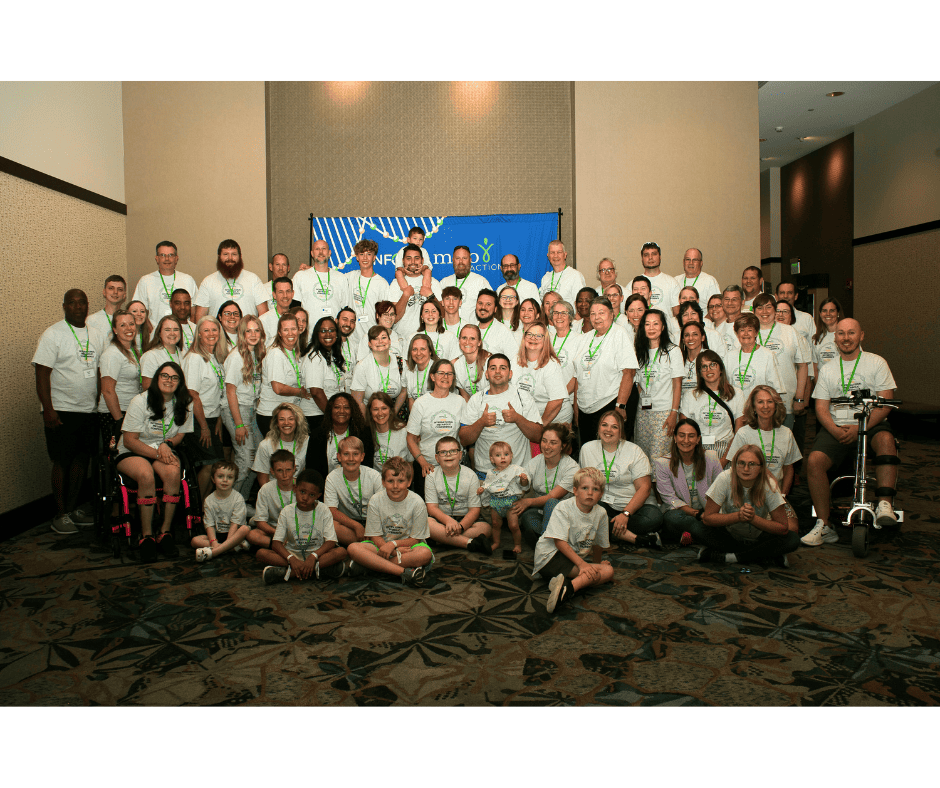
- About the Conference
- Registration Information
- Important Dates
- Hotel Reservations
- Restaurants & Site Seeing
CONFERENCE CHECK-IN BEGINS FRIDAY, JULY 26TH AT 2:00PM EST. SESSIONS STARTS AT 4:00PM EST. CONFERENCE CONCLUDES JULY 28TH AT 3:30PM EST.
Conference Location: Detroit Country Day School
22305 W. 13 Mile Road, Beverly Hills, MI 48025
There is no cost to attend for patients, caregivers and family members. We encourage medical professionals to join the conference for a small fee of $25
Registration includes continental breakfast & lunch on Saturday & Sunday, and an evening reception with the family/clinician kickball game!
Conference rate available for Courtyard Detroit Southfield until June 1, 2024
Conference rate available for Detroit Marriott Southfield until July 5, 2024
Hotel information and booking in the next tab!
Travel Scholarship Applications:
OPEN – April 1, 2024
CLOSE – April 30, 2024
ANNOUNCED – May 15, 2024
Scholarship application coming soon
REGISTRATION CLOSES JULY 2, 2024
Courtyard Detroit Southfield: 159 USD – 179 USD per night
27027 Northwestern Highway Southfield, Michigan 48033
Book by June 1, 2024
Click HERE to book at the group rate!
Detroit Marriott Southfield: 179 USD – 189 USD per night
27033 Northwestern Highway Southfield, Michigan 48034
Book by July 5, 2024
Click HERE to book at the group rate!
Comfort Suites: 140 USD -160 USD (check site for current prices)
24977 Northwestern Hwy, Southfield, MI, 48076, US
(248) 357-9990
Click HERE to book!
Detroit FAOD Friendly Restaurants – Coming Soon!
Site Seeing in Detroit – Coming Soon!
Site Seeing in West Michigan – Click HERE
2024 CONFERENCE AGENDA
2024 SPEAKERS AND DISCUSSION TOPICS
- Dr. Georgianne Arnold
- Dr. Melanie Gillingham
- Dr. Pamela Tucker
- Dr. Jerry Vockley
- Dr. Amanda Pritchard
- Glenn Noffsinger
- Elizabeth Ames, MD PhD
- Shannon Babcock, PhD
- Jessica Gold, MD, PhD
- Jessica Priestley, MD PhD
- Keith McIntire
- Daisy Tsang, PhD, LP

Dr. Georgianne Arnold
Dr. Arnold graduated from Indiana University with degrees in biology and chemistry and has a Master’s degree in Medical Genetics from Indiana University-Purdue University in Indianapolis. She graduated from medical […]Presentation Title(s)
-FAOD: The Effect on Families and Food Relationships
-Clinician Panel

Dr. Melanie Gillingham
Dr. Melanie Gillingham’s research in the Department of Molecular and Medical Genetics has focused on various novel therapies for fatty acid oxidation disorders. For 20 years, Dr. Gillingham and her […]Presentation Title(s)
-Logic, Benefit, Harm: Understanding Vitamins and Supplements
-Teen and Young Adult Roundtable: Thinking about food as you transition into adulthood
-Clinician Panel

Dr. Pamela Tucker
Following her undergraduate studies at Duke University, Pamela Tucker obtained her Doctor of Physical TherapyTreatments aimed at helping someone improve the ability to move parts of their body. degree from […]Presentation Title(s)
-Building and Maintaining Strength with and FAOD
-Techniques in Strength Training: Clinic
-Topical Roundtable Discussions: Athletic participation- Breaking down barriers to being active
-Clinician Panel

Dr. Jerry Vockley
Dr. Vockley received his undergraduate degree at Carnegie-Mellon University in Pittsburgh, Pennsylvania, and received his MD and PhD degrees in Medicine and Genetics from the University of Pennsylvania School of […]Presentation Title(s)
-FAOD Therapy Updates
-Teen Time: Understanding Our Journeys
-Roundtable for Clinicians
-Clinician Panel
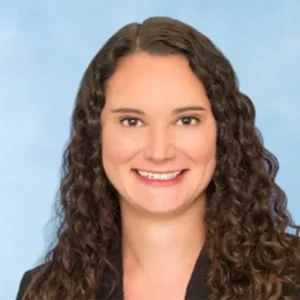
Dr. Amanda Pritchard
Dr. Amanda Barone Pritchard is an Assistant Professor of Pediatrics at University of Michigan Health in the division of Pediatric Genetics, Metabolism, and Genomic Medicine. Dr. Pritchard attended the University […]Presentation Title(s)
-Who’s Who and What’s What: Navigating Hospitalizations for Pediatric and Adult Patients
-Clinician Panel

Glenn Noffsinger
Chef Glenn Noffsinger has over 20 years of experience in commercial, non-commercial, personal chef, and culinary instruction services. With unique insights based on real-world experience, he focuses on the success […]Presentation Title(s)
-FAOD Cooking 101
-Culinary Knife Skills 101
-Topical Roundtable Discussions: Culinary Knife Skills 101
-Clinician Panel
-Tips and Tricks for the MCADD Cook!

Elizabeth Ames, MD PhD
Dr. Elizabeth Ames completed her undergraduate degree at the University of Minnesota in Genetics, Cell Biology and Development. She then completed an MD/PhD at the University of Virginia. Her interest […]Presentation Title(s)
Topical Roundtables Discussions: Athletic participation- Breaking down barriers to being active

Shannon Babcock, PhD
Shannon Babcock received her Bachelor’s of Science in Biochemistry from Gonzaga University in 2017 and has recently earned her PhD in Molecular and Medical Genetics from the Oregon Health and […]Presentation Title(s)
Using Mouse Models to Study LCHADD Chorioretinopathy and Other FAODs
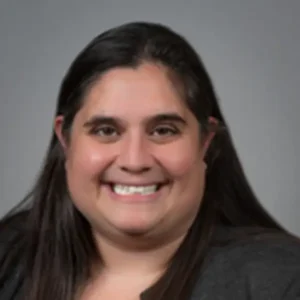
Jessica Gold, MD, PhD
Dr. Jessica Gold is a medical geneticist trained in pediatrics and internal medicine. Both her clinical work and research is dedicated to helping adolescents and young adults with inherited metabolic […]Presentation Title(s)
-Teen Time: Navigating Adolescence: A Discussion for Teens about Puberty and Wellness
-FAODs, Puberty, and Reproductive Health
-Topical Roundtable Discussions: FAODs, Puberty, and Reproductive Health discussion for parents and caregivers
-Clinician Panel

Jessica Priestley, MD PhD
Dr. Jessica Priestley completed graduate school at the Medical College of Wisconsin, medical school at Michigan State University College of Human Medicine, and residency/fellowship at the Children’s Hospital of Philadelphia. […]Presentation Title(s)
-Navigating the Early Years
-Topical Roundtable Discussions: Navigating School with FAODs: Talking to Teachers and Classmates
-Clinician Panel
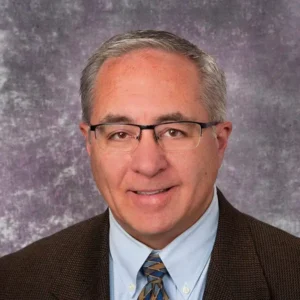
Keith McIntire
As the Program Manager of INFORM, Keith McIntire is responsible for the day-to-day activities of the Pittsburgh-based FAOD program including overseeing fundraising, marketing, and the development and maintenance of the […]Presentation Title(s)
Teen Time: Understanding our Journeys

Daisy Tsang, PhD, LP
Daisy Tsang is a clinical assistant professor in Pediatric Psychology at the University of Michigan Health and C.S. Mott Children’s Hospital. She has almost a decade of experience working with […]Presentation Title(s)
-Topical Roundtable Discussions: How do you deal with the mental/emotional fatigueThe overall feeling of tiredness or lack of energy. It is not the same as simply feeling drowsy or sleepy. Being fatigued means having no motivation or energy. of having a chronic health condition?
-Hospital Woes: Understanding Medical Trauma and Resilience
-Clinician Panel
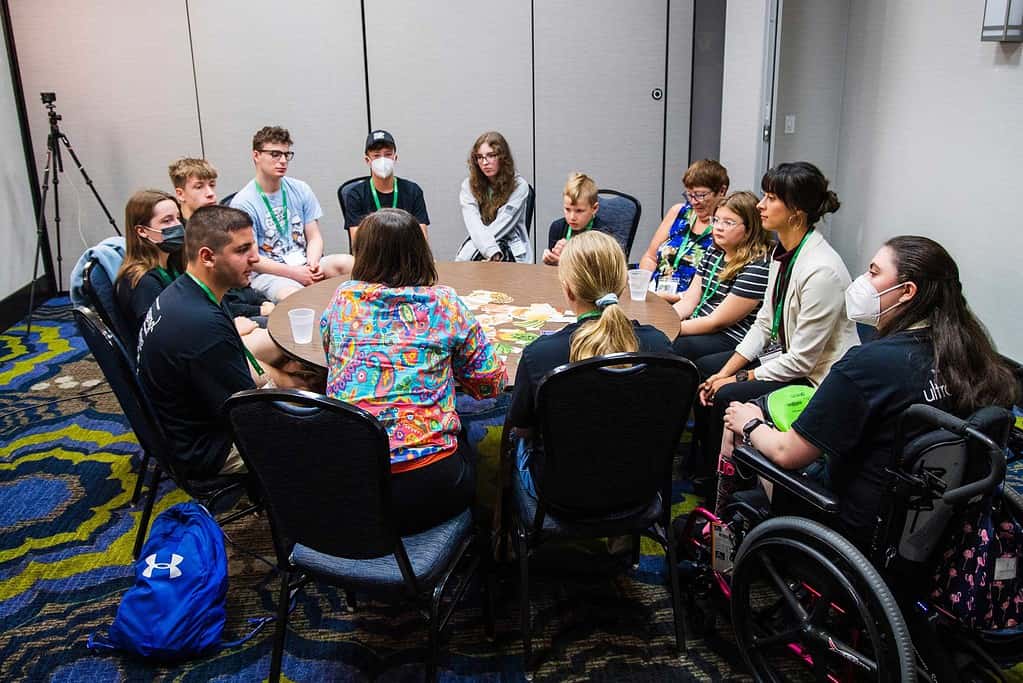
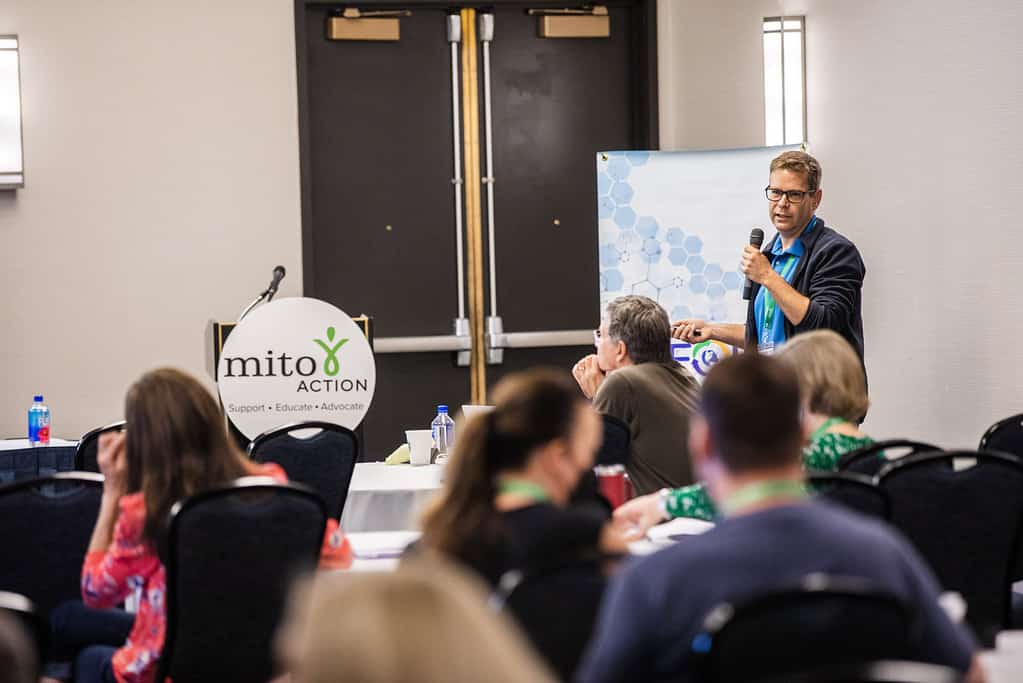
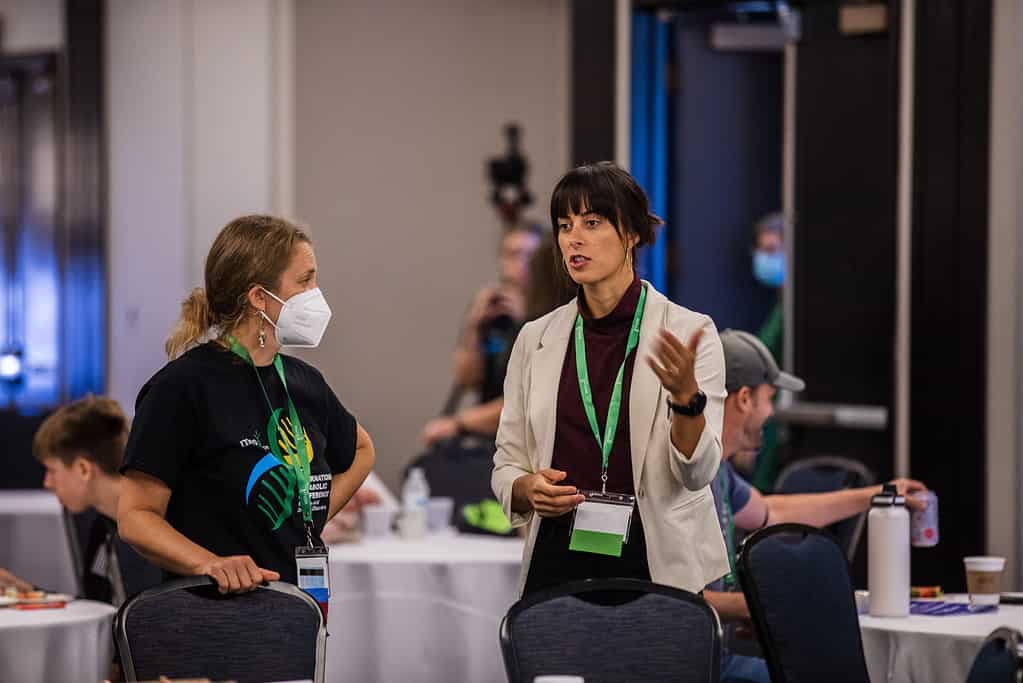
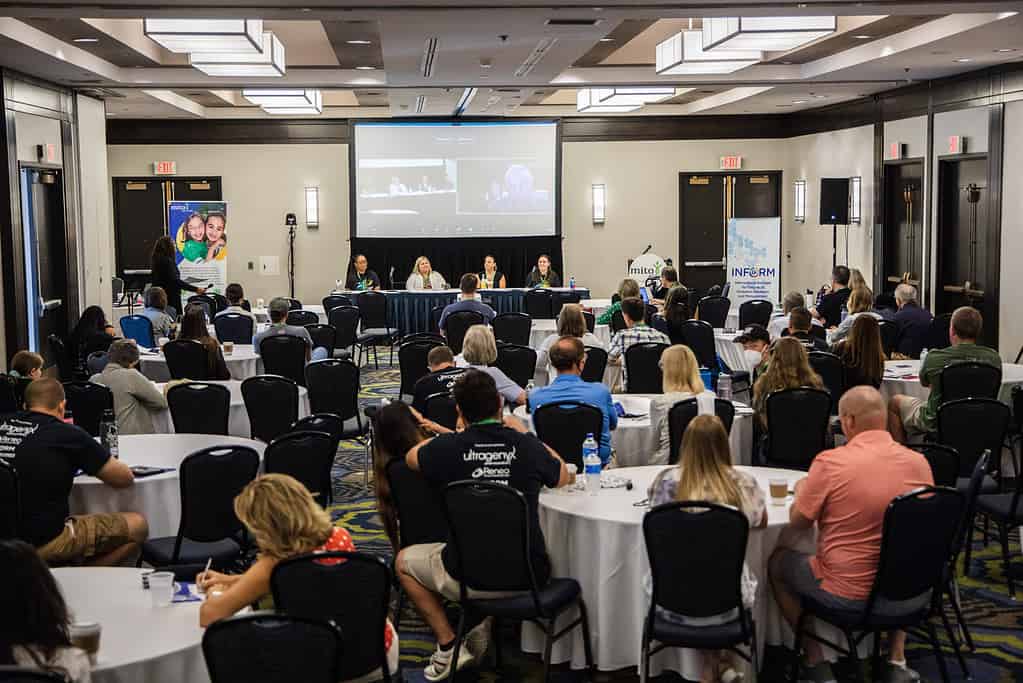
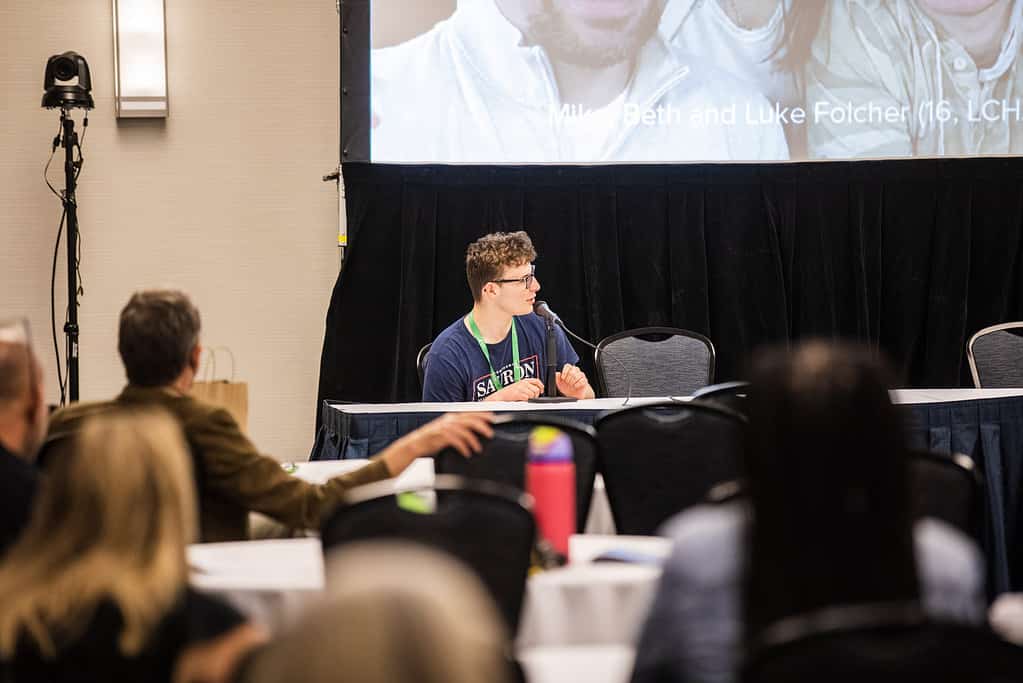
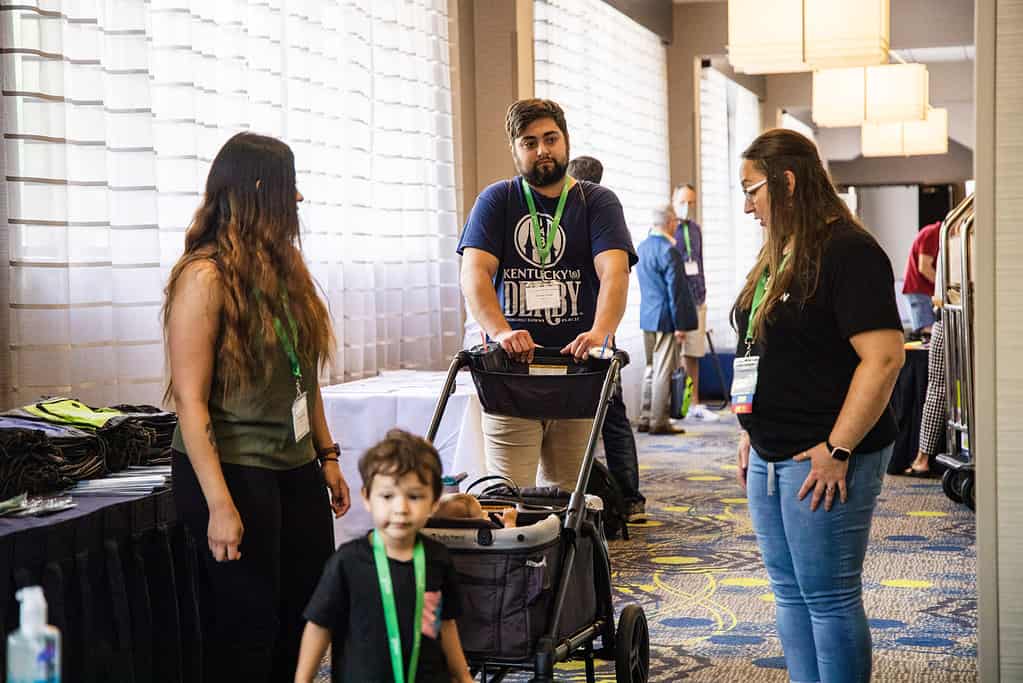
Thank You to Our 2024 Sponsors!
Co-Host | |||
Presenting Sponsor | |||
In-Kind | |||
Exhibitor |
To receive information on the conference, please complete this form. To stay connected to MitoAction, please join our MitoAction FAOD Families Facebook Group and “like” the Conference Facebook Page.




